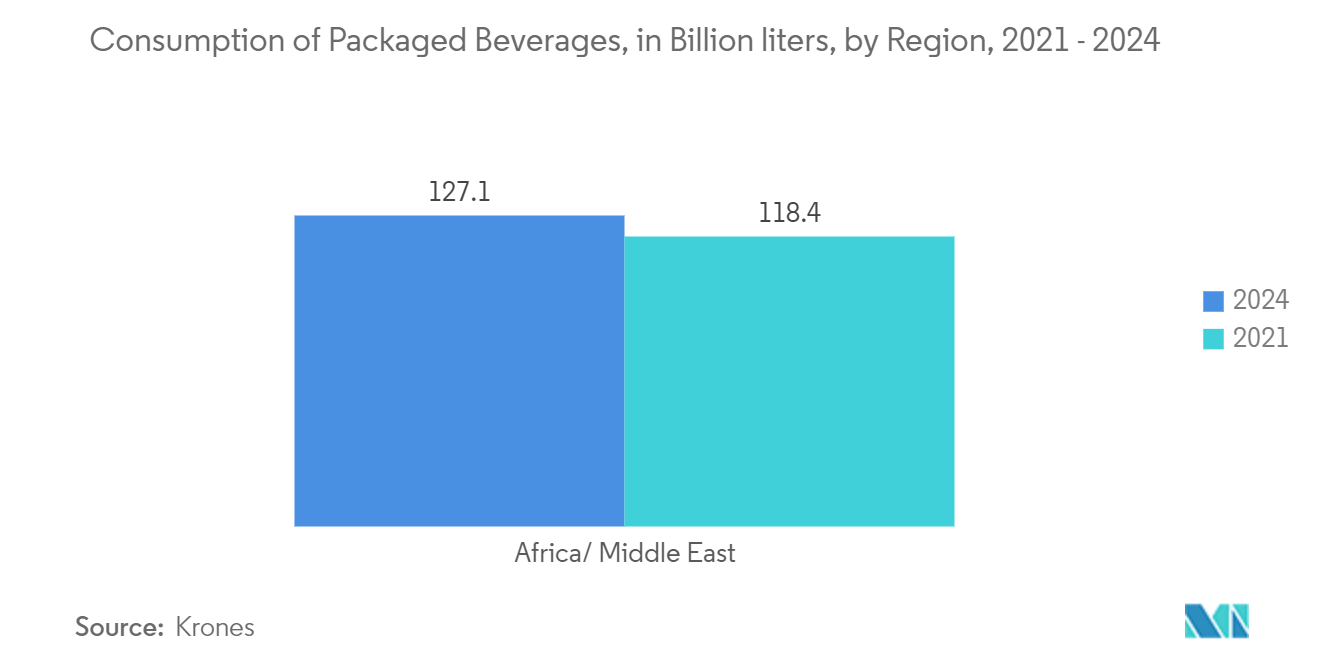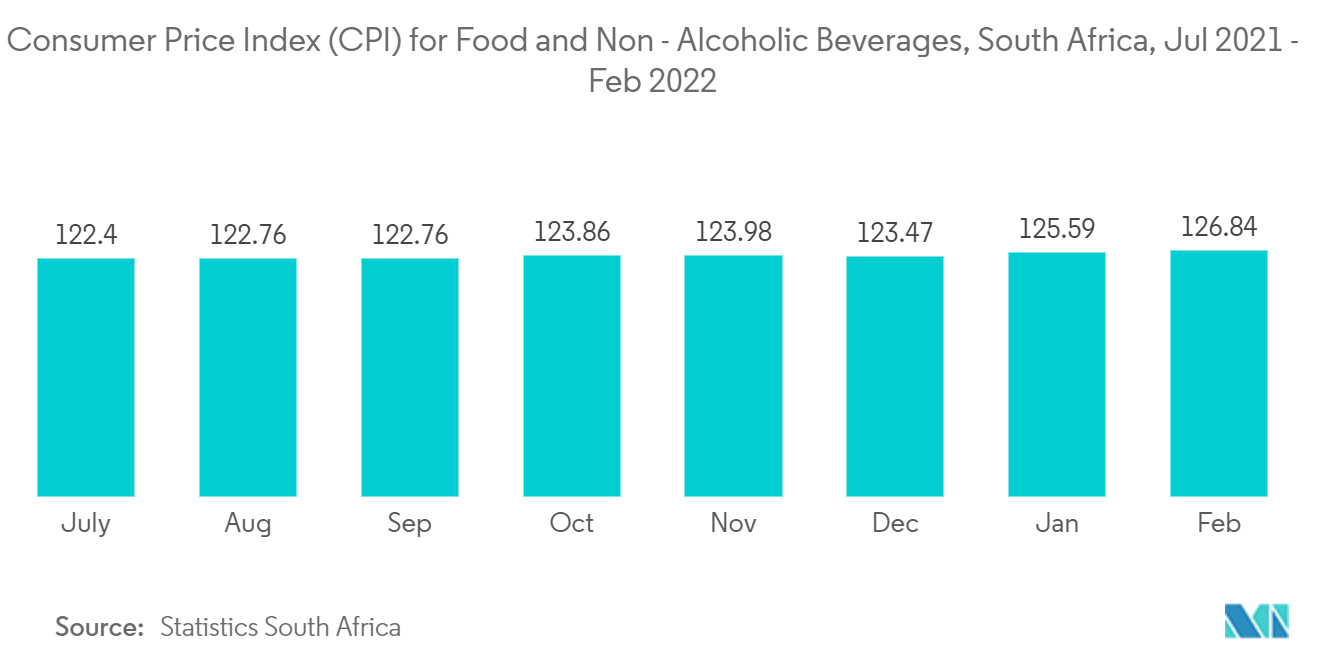Market Trends of Africa Flexible Packaging Industry
This section covers the major market trends shaping the Africa Flexible Packaging Market according to our research experts:
Pouches are Expected to Hold Significant Share
Pouch packaging is rapidly gaining popularity due to its highly convenient and portable solution. Stand-up pouches benefit and protect contents from moisture, vapor, odor, pests, air, and light. Consumers' preferences for aesthetic appeal and convenience of pouches with value-added attributes such as spouts, zippers, or handles are impacting the growth of stand-up pouches. The lighter weight, reduced material use, and lower shipping cost of stand-up pouches than the rigid packaging benefit the packaged food producers. With the beverage industry increasingly consuming pouches in the region, the demand from the market is expected to increase.
According to a recent study by the Flexible Packaging Association, rigid PET containers have a fossil fuel usage of 504% greater than the flexible stand-up pouch with a zipper. The weight of the package is six times heavier. Furthermore, the availability of numerous printing options for pouches helps innovative print designs on the pouch, thus improving the product's aesthetic appeal and reflecting the brand. Growing innovation has seen the emergence of flexible foam, papers, and aluminum foils, replacing the current use of plastic as a raw material for manufacturing pouches.
Growing innovation has seen the emergence of flexible foam, papers, and aluminum foils, replacing the current use of plastic as a raw material for manufacturing pouches. Further, African countries are increasing local production and growing investments from Asian and European countries. As a result, the existing foreign players, like Lupin and Dr. Reddy's, are expected to expand their production capabilities. This factor is expected to boost the demand for healthcare packagings, such as blister packs, caps and closures, pouches, and IV bags.
Increasing the adoption of pouch packaging for liquids, such as juices, detergents, and edible oil, has seen the emergence of pouches with excellent oxygen-barrier properties to preserve the liquid inside, thus, ensuring that the contents stay uncontaminated. For instance, in 2021, Nestle and Amcor partnered to launch the world's first recyclable flexible pouch for wet pet food. The two companies partnered to overcome the challenges in packaging structures to make them recyclable without compromising their functionalities.

South Africa is Expected to Hold Major Share
Despite its sophisticated food manufacturing sector and strong consumer market, South Africa faces slow domestic economic growth. Manufacturers face significant challenges in controlling production costs while still meeting consumer demand, which has remained steady. It could see more investment in better packaging to boost efficiencies and help manufacturers manage expenses. South African food manufacturers are also increasingly looking at the export market. They will likely focus on flexible packaging that supports product consistency and quality to meet global food standards.
The South African government is prioritizing the sector: food and beverages are the most significant components of South Africa's manufacturing industry. The government actively encourages further development of agriculture and the agro-processing industry. South Africa's Department of Trade and Industry has, in the last three years, funded the food-processing sector to the value of ZAR 736 million in incentives, while its Enterprise Investment Programme (EIP) incentive has disbursed funds of ZAR 636 million and facilitated investments of ZAR 3.7 billion in the sector.
Flexible plastic packages are mainly used for packaging beauty products, as they can protect the inside materials from damages caused by oxidation and improve the shelf life. However, the cosmetics industry faces several challenges in South Africa due to the weakening economic conditions of the country. The country's GDP growth has slowed down significantly. Also, high unemployment and less personal disposable income create challenges for the cosmetic industry. Hence, the flexible packaging related to the personal care market is expected to slow growth.
In May 2021, Huhtamaki, a global manufacturer of sustainable packaging solutions, is setting up a manufacturing plant in South Africa to serve its new and existing packaging customers in the area with a wide range of packaging solutions. With this investment, the company will expand its flexible packaging manufacturing geographical footprint into South Africa, further strengthening its emerging market position.

